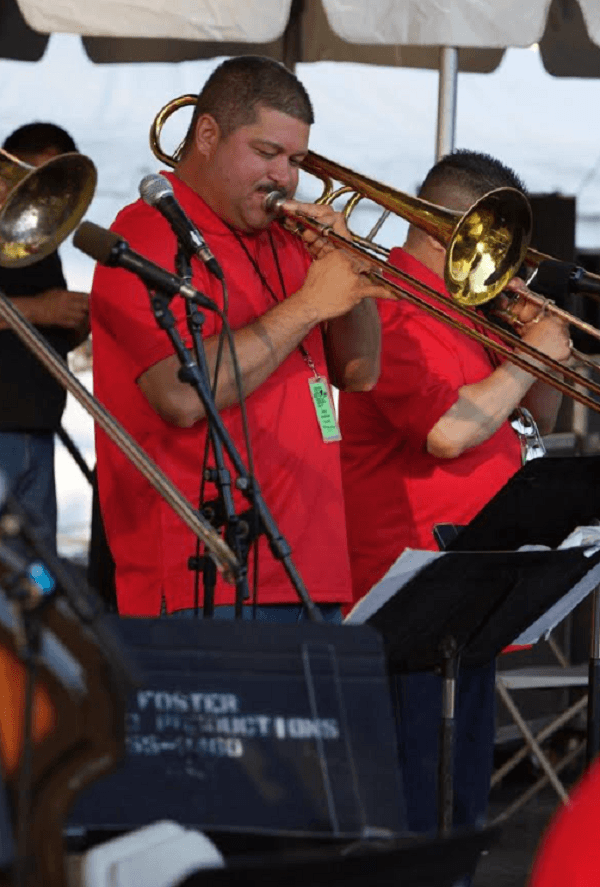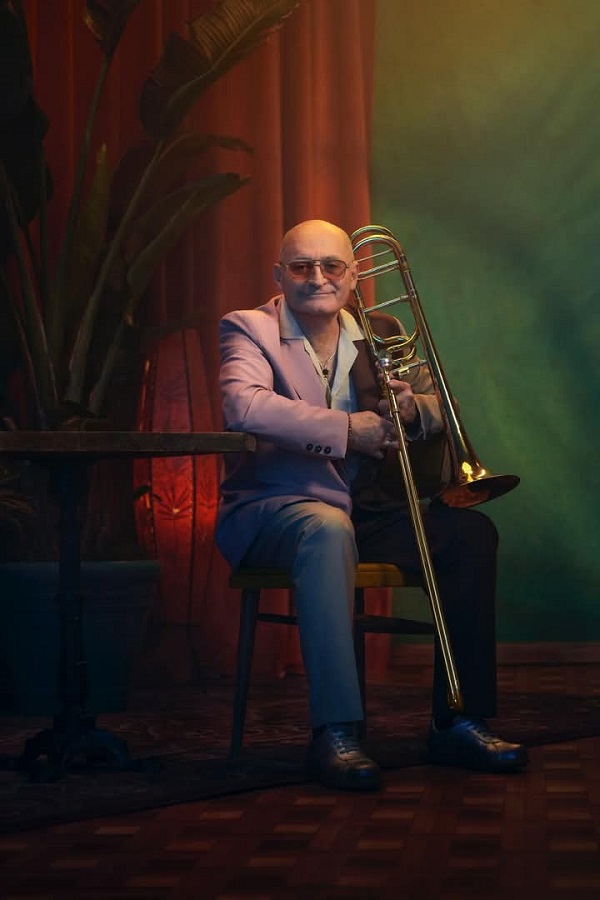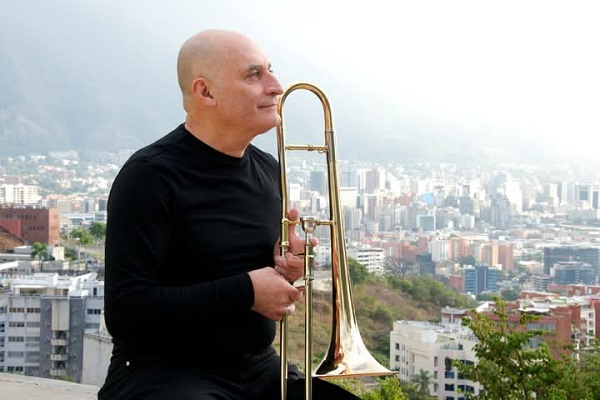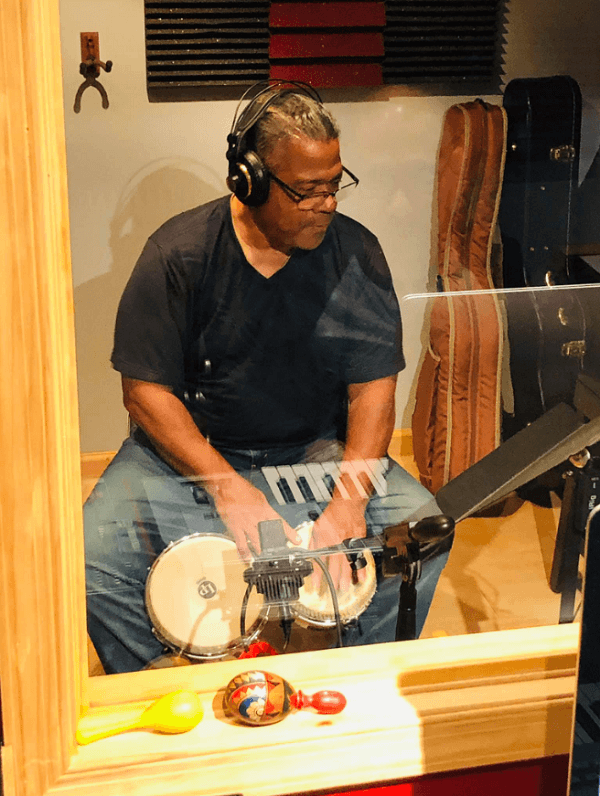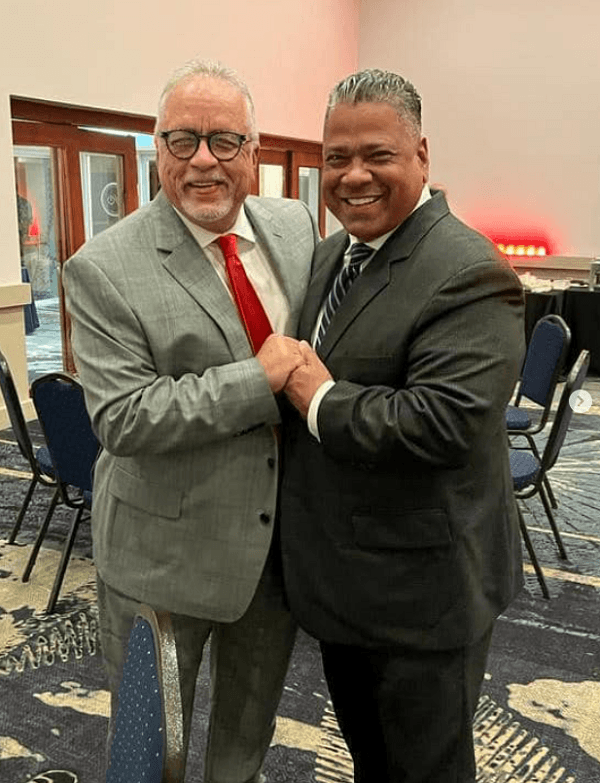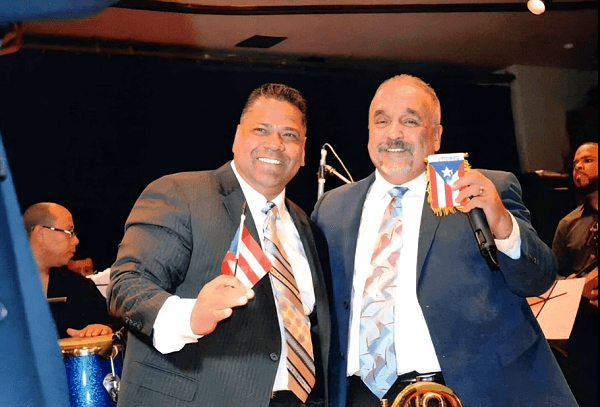Born in Havana on September 14, 1918, and passing away in Coral Gables, Miami, on March 22, 2008, Israel “Cachao” López, often known simply as “Cachao,” was a Cuban musician and composer.

He became a legend in Cuban music with his masterful handling of the double bass and was renowned for his performances in mambo and Latin jazz.
His talent earned him two Grammy Awards (in 1995 and 2005), a Latin Grammy in 2003, an honorary doctorate from Berklee College of Music, and a star on the Hollywood Walk of Fame.
He has been described as “the inventor of mambo” and is considered a master of descarga (live improvisations).
He began by playing various instruments until he settled on the double bass, which allowed him, as a teenager, to join the Havana Philharmonic Orchestra, where his father and older brother also played.
“Cachao” left Cuba in 1962 with a long list of successes and stated in a 2007 interview that if it weren’t for his compatriot and colleague Dámaso Pérez Prado, “mambo would not have been heard worldwide.”

His first stop was Madrid, where he stayed for a year before emigrating to the United States. In the U.S., he resided in New York City, Las Vegas, and Miami.
López also played acoustic bass with his brother, the multi-instrumentalist Orestes López. They literally composed over 3,000 songs together and were highly influential in Cuban music from the 1930s to the 1950s.
They created the “nuevo ritmo” (new rhythm) in the late 1930s, which transformed the danzón by introducing African rhythms into Cuban music, ultimately leading to mambo.
He won several Grammy Awards for both his own work and his contributions to albums by Latin music stars, including Gloria Estefan. In 1995, he won a Grammy for Master Sessions Volume 1.
In 2003, he won a Latin Grammy for Best Traditional Tropical Latin Album alongside Bebo Valdés and Patato for El Arte Del Sabor. He won another Grammy in 2005 for his work ¡Ahora Sí!
His nephew, Orlando “Cachaíto” López, became one of the pillars of the famous Buena Vista Social Club.
Cachao performed with artists such as Tito Puente, and his music has been featured in films like The Birdcage and the soundtrack of the video game Grand Theft Auto: Vice City.
The Actor Andy Garcia produced a documentary titled Cachao… “Como Su Ritmo No Hay Dos” in 1993 about his music. He also shared stages with Celia Cruz and her husband Pedro Knight, as well as with trombonist Generoso Jiménez.

His last musical collaboration was with Gloria and Emilio Estefan on the singer’s album titled 90 Millas.
López passed away on the morning of March 22, 2008, in Coral Gables, Florida, at the age of 89, due to complications following kidney failure.
Cachao y Su Ritmo Caliente – Monte Adentro (2000)
Tracks:
- Monte Adentro (Cógele el golpe) (A. Castillo Jr.)
- Goza Mi Trompeta (O. Estivill)
- Guajeo de Saxos (E. Peñaver)
- Estudio en Trompeta (I. López)
- Gozar Timbero (O. Estivill)
- Trombón Criollo (O. Portillo)
- Malanga Amarilla (S. Contreras)
- Controversia de Metales (I. López)
- Descarga Cubana (O. Estivill)
- Pamparana (A. López)
- Sorpresa de Flauta (O. Estivill)
- Oye Mi Tres Montuno (A. Echevarria)
- La Floresta (O. López)
- Avance Juvenil (B. López)
- Redención (O. López)
- Descarga Mambo (D.P.)
Musicians:
- Israel López “Cachao” (Double Bass)
- Guillermo Barreto (Timbales)
- Tata Güines (Tumbadora)
- Rojelio “Yeyo” Iglesias (Bongos)
- Gustavo Tamayo (Güiro)
- Alejandro “El Negro” Vivar (Trumpet)
- Armando Armenteros (Trumpet)
- Generoso “El Tojo” Jiménez (Trombone)
- Oreste López (Piano)
- Enemelio Jiménez (Alto Sax)
- Emilio Peñalver (Tenor Sax)
- Virgilio Lisama (Baritone Sax)
- Richard Egües (Flute)
- Niño Rivera (Tres)
- Roliyo y Reyes (Chorus)
Recorded in Havana, 1957-1958

The tradition of being musicians comes from grandparents and great-grandparents, all the Cachaos are musicians.
By:





